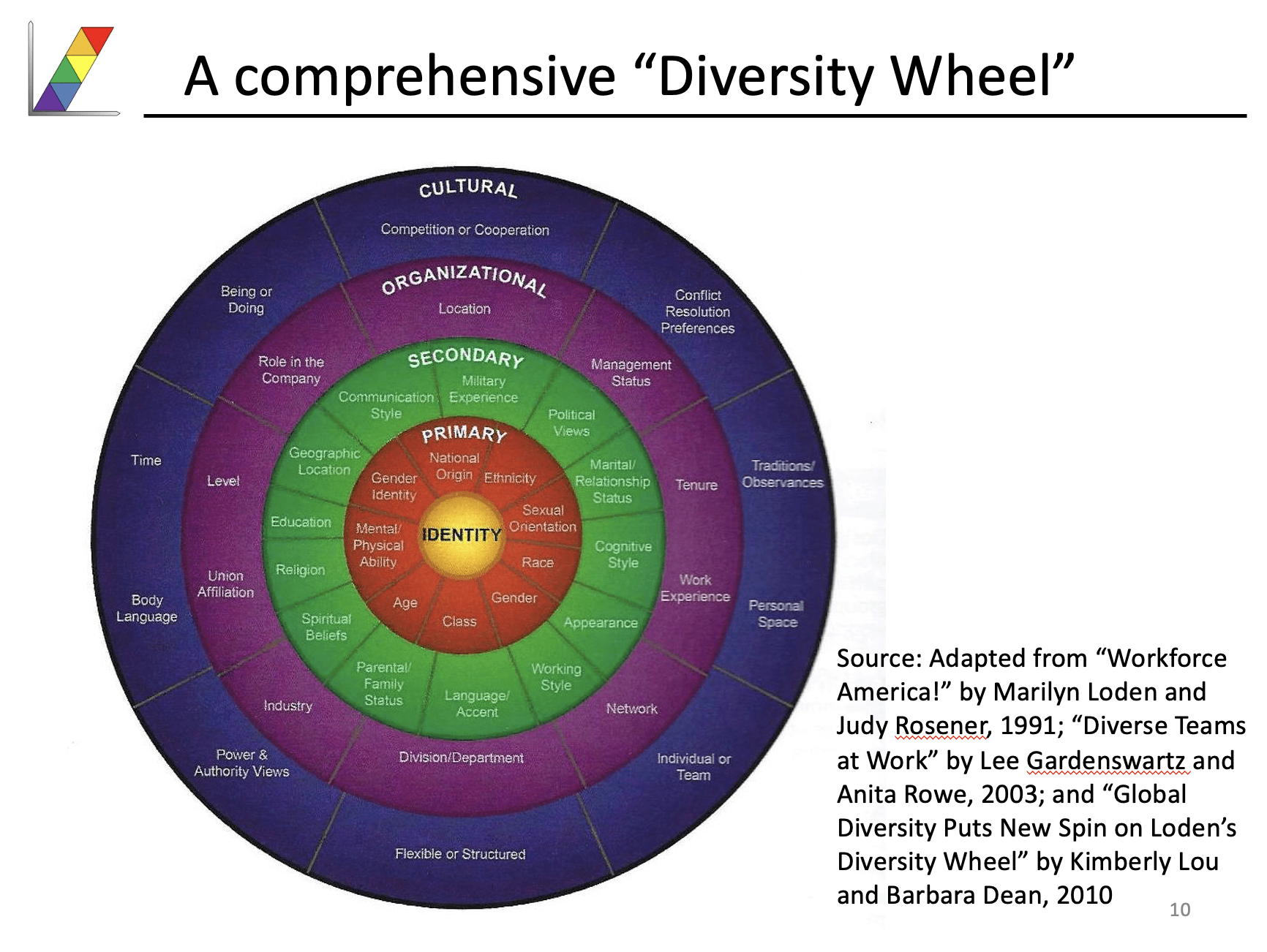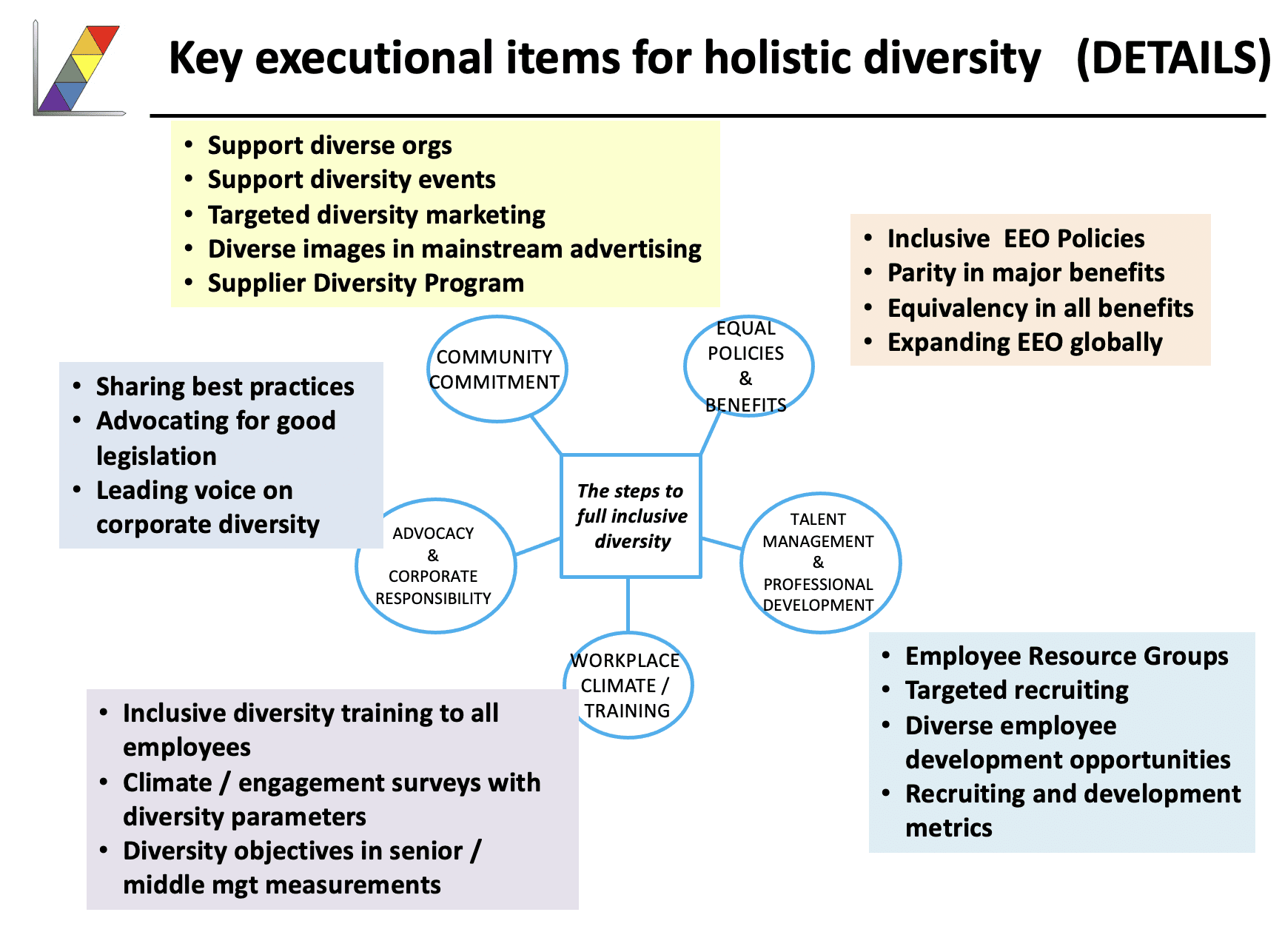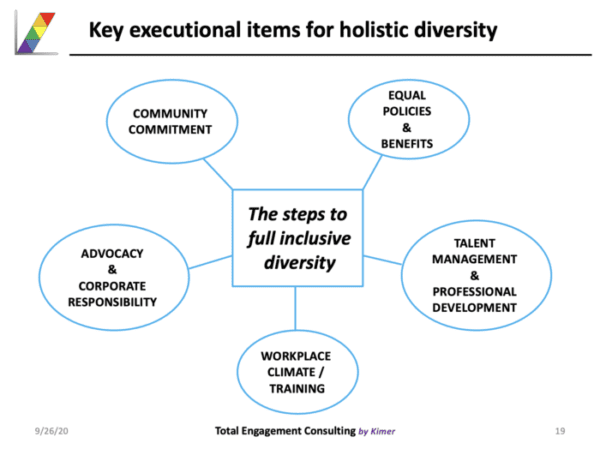Webinar Takeaways: Diversity and Inclusion in the Workplace — A Strategic Imperative
Diversity has continued to evolve over the years, expanding its focus to include not only race and gender but also generation, sex, diversity of thought and more. With multiple dimensions, it’s important that companies in the waste and recycling industry consider all aspects of diversity when creating and executing a diversity and inclusion strategy.

During a recent webinar hosted by the National Waste & Recycling Association, Stan C. Kimer from the National Diversity Council discussed the council’s training and resources; diversity terms and theories; the importance of diversity in any organization; the many dimensions of diversity; tactics to operationalize and execute diversity and inclusion programs; the dos and don’ts of interacting with people different than you; and more.
To kick off the webinar, Kimer provided some basic definitions of diversity, inclusion and intersectionality. Diversity is the characteristics that make individuals and groups unique and different from each other, including identity markers, personalities, ways of thinking, ideas and perspectives. Inclusion is the actions to create an environment in which everyone is and feels welcomed, respected, valued and supported to fully participate. Intersectionality is a framework for conceptualizing a person, group of people or social issue that takes into account people’s complex, overlapping identities and relative power, privilege and marginalization to gain a more nuanced understanding of their lived experiences and needs.
Organizations that take the time to focus on diversity, inclusion and intersectionality can help their employees feel like they belong, and when people feel like they belong, they are more apt to do their best work and help the organization succeed.
One way to achieve a welcoming and diverse workplace is to implement an effective diversity and inclusion plan. First, organizations must consider their current internal climate, most pressing business needs, latest financial results and company size to determine what is achievable both short and long term. Then, they can get to work creating and executing a multiyear plan, adding more programs over time.

A well-executed plan can help provide business, financial and cultural benefits, such as higher employee morale, community good will, better recruitment, less turnover and higher productivity levels among employees.
Interested in learning more? Listen to a recording of the webinar here.

